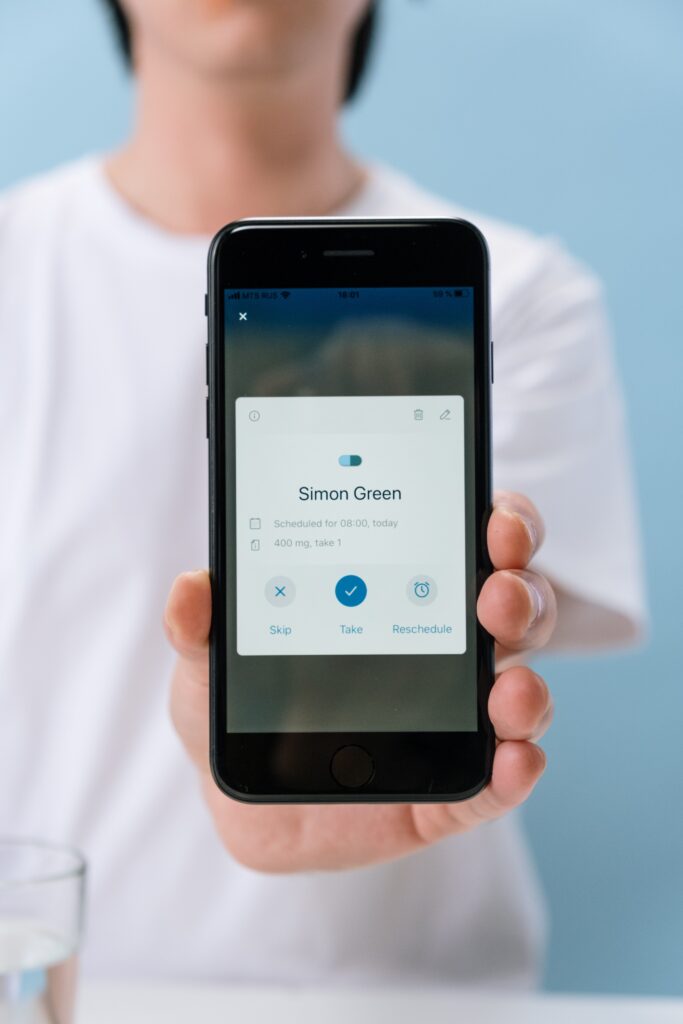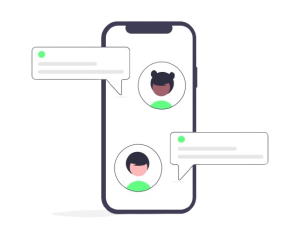Introduction
An app is basically software that is designed to run on mobile devices and allow users to access information or perform functions through an interface. You can think of apps as having two major components: content and function. The content is designed so that its information can be accessed by users; this may include text, graphics, video, audio files or other content types. Function refers to the way in which the user interacts with the content—for example, if they click on a button or tap on an object within the content, then they’re performing a function related to its functionality (such as opening a file).

A health app is a digital tool that helps you manage your health. It can help you learn more about your body, make informed choices about your medications, and keep track of your overall health. There are many types of health apps. Some are built by doctors and pharmacists, while others are created by nonmedical professionals. The most common types of apps include:
- Fitness and weight loss apps
- Medical alert apps (for those who want to remain independent)
- Disease tracking apps (for those who need to monitor their progress in treating a chronic condition)
- Disease tracking apps (for those who need to monitor their progress in treating a chronic condition)
If you’re looking to build a health app, one of the most important parts is finding a way to collect data. It doesn’t matter if it is primary data or secondary data (you can partner with another company that has access to their own sources of data). Either way, you’ll want to make sure that whatever method you choose, your data is accurate and complete.
There are several ways to collect data:
- Use an app that already collects information from users so that you don’t have to worry about collecting it yourself.
- Use an app that only asks for permission when it needs more information from the user (such as when they go into more detail about a particular symptom). This is less accurate, but usually means less work for users and developers alike.
- Build a new app specifically designed for collecting health data. This will give you all the benefits of using an existing tool without relying on someone else’s API or other methods of accessing data.
A step-by-step guide to building a health app
To build a data-driven health app, you need to know how to go about it. Here’s a step-by-step guide:
- Start with an idea. What do you want your app to do? What kind of data will be helpful? How can you use that data in a way that will be useful for people?
- Research your target market
- Decide on the platform you want to use. Do you want an app that only works on Android phones, or is it just for Apple devices? Will it work on desktop computers? If so, which browsers? Does it require some sort of authentication (like Face ID or Touch ID)? You’ll need to consider these things before deciding where to go next!
- Create a product with a problem statement and solution
- Create an MVP (minimum viable product) that solves that problem/solves the problem in the best way possible
- Test your MVP with real users, then iterate based on their feedback
It is important to note that the actual building of a health app involves coding and launching/deployment of the software you’ve developed. To code effectively, familiarity with a programming language like python, Java or C# is a must. Fortunately, there are tons of free resources online to bridge the skills gap. For deploying the health app either as a web app or mobile app, there are several libraries/frameworks (open-source) you can use. An example is Django or flask (web framework) and Docker (for deployment). Further details are beyond the scope of this article.
To conclude…., once you’ve figured out what platform you’re using and what kind of data needs to be collected, it’s time to get started coding!


This is excellent! Pharmacists and other healthcare professionals will be furnished with the requisite knowledge needed to design Apps and other health tools needed to further revolutionize the healthcare system. The corollary of which will be improved health.
I’ll be glad to offer my inputs whenever it’s necessary.
Thank you and best wishes.
Tao Tafari
Nigeria.